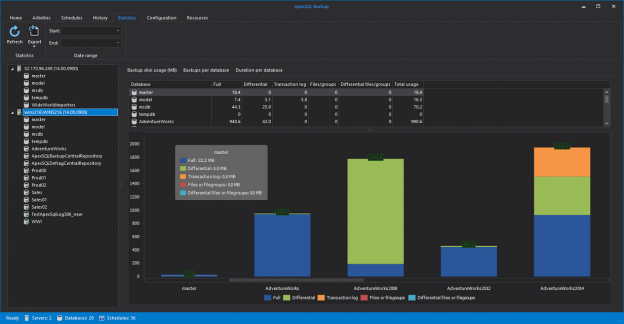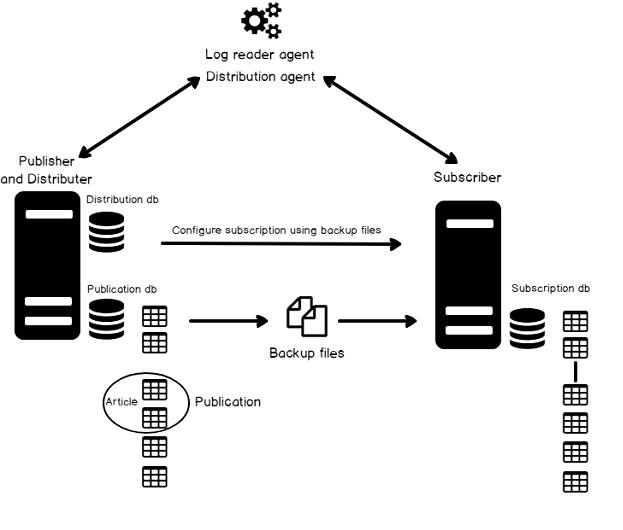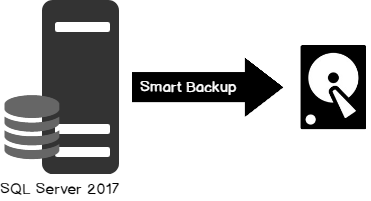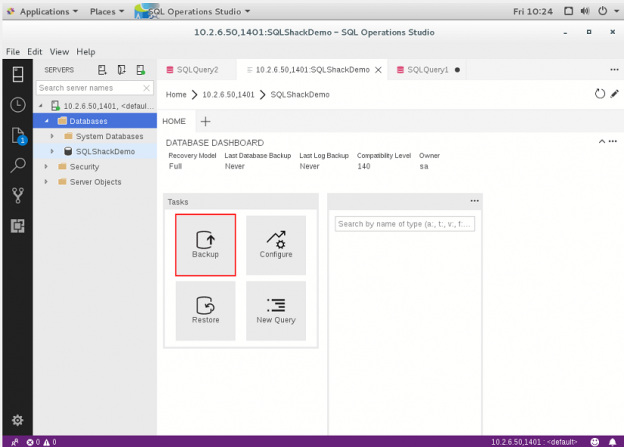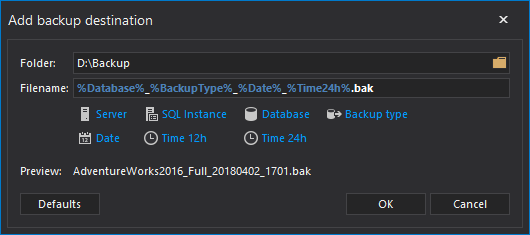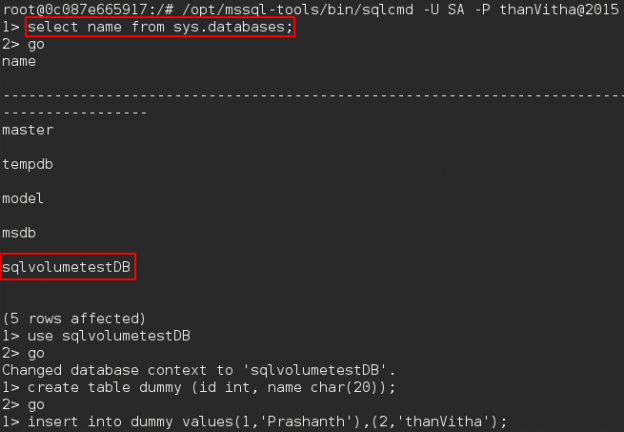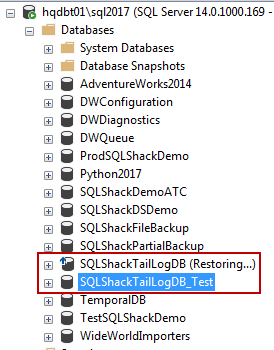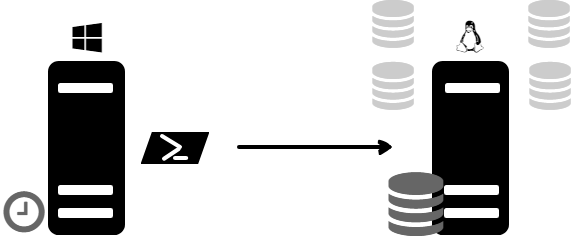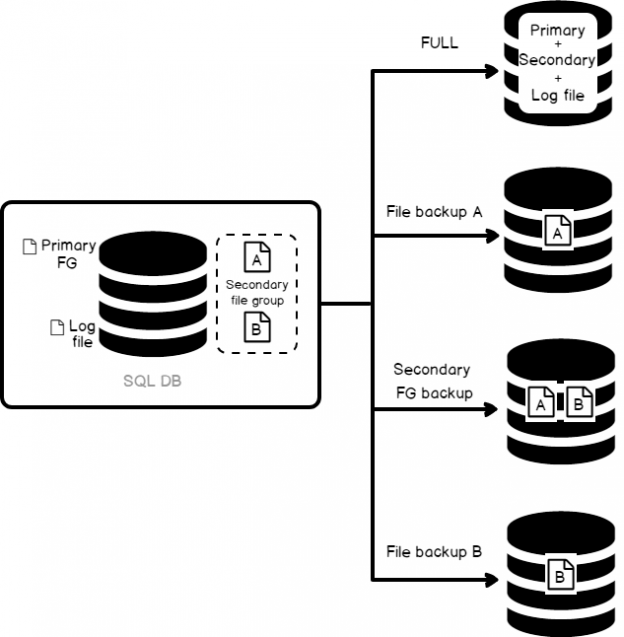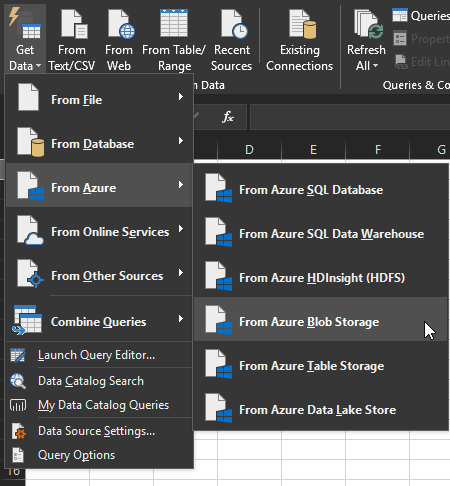This article will cover the process of analyzing and predicting/forecasting the size of a SQL backup as a means to better handle/manage retention of backups.
One of the main database management tenets is “Do not lose your data”. According to this; a database administrator incurs huge responsibilities to protect data. Under these circumstances, taking database backups and archiving SQL backup files is a key task for database administrators. In data protection strategy, taking database backups and archiving backup file processes play the leading role. Especially, backup planning is very significant for disaster recovery scenarios because backup file will be used for restore operation after any failure or data corruption. For this reason, every dba must generate recovery strategies for possible disaster scenarios and ensure that these scenarios can be solvable. At the same time, these backup files must be tested for data integrity; thus process provides to evaluate the recovery time and integrity of backup files. In this Backup and Restore (or Recovery) strategies for SQL Server database article you can find all details about backup and restore strategies.
Read more »


